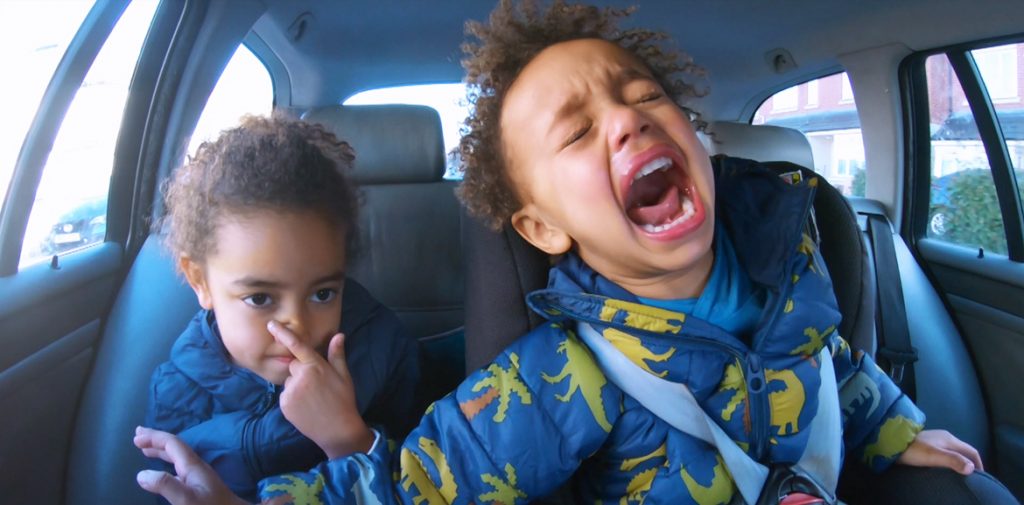When driving, you must acknowledge and understand that roads and road users are full of surprises and this is precisely why you need to ensure your children’s safety when driving with them in your car.
Driving with children in your car might seem simple yet many accidents involving children could have been avoided through simple safety precautions that millions of drivers still take for granted.
You need to go the extra mile to ensure that the kids are properly protected in your car. Below are 7 things you need to do whenever you find yourself driving with children in your car.
Put Children in Appropriate Car Seats
Children must be put in the appropriate car seats that fit their age and measurements. Using a car seat that is not appropriate for the size of a child is just as dangerous as not having one. Even if you secure the seat with tethers and latches, an inappropriate car seat would still pose great danger.
Never Forget to Buckle Up
It is good to get the car seats that are appropriate for the kids, but it is better to never forget to buckle them up. All the car seats, booster and accessories will be futile if you fail to tether and latch the car seats while driving with children. Even if they are teenagers, they must use the seatbelt. Consider this to be Course 101 of children’s safety while driving.
Don’t Text and Drive
The worst time to play with your phone is while driving with children. You have to resist the temptation to chat and respond to chats at this point. Put the phone on a mode that prevents it from distracting you.
Playing with your phone not only poses a danger to the children. It also teaches them that it is okay to text while driving.

Keep Children Occupied While Driving
Children become restless when they don’t have anything to do during a trip. Their boredom could lead to them distracting you. Therefore, it is important to keep their minds occupied as you drive.
You could engage them in a conversation for such a trip. If you are picking them up from school or taking them to school, you could ask about their studies, their friends or how their day went. You could also talk to them about the importance of safe driving, drawing examples from the things that you could find as you drive to your destination.
Keeping them engaged during longer trips could be more challenging. But travelling with another adult could just do the trick. This person could keep them engaged while you concentrate. Consider bringing some games and healthy snacks along to keep them busy. Play their favourite music or audiobook; conduct a mini-spelling bee for them. These activities could keep them calm and occupied.
Take Care of Children’s Special Needs
Children with special needs may require more attention to get them calm and collected during a trip. Kids on the autism spectrum who experience sensory difficulties could be made comfortable by wearing headphones or earplugs during the course of the road trip. This could help diminish the sound that comes with being on the road, such as sirens and noisy traffic situations.
Driving with children with special needs could be fun if you know what triggers them and how to avoid these things while driving. If the children have sensory issues, try reducing the direct contact between the seatbelt or the harness and their skin.
Take Regular Breaks During Long Trips
Regular breaks while driving with children could help calm them down. Remember, children are more likely to distract you when they are bored or hungry. Take regular stops for them to urinate, use the rest-room or for them to calm down.
If they are misbehaving or fighting in the car, this is the time to take that regular break to address them. Remind them of how their noise isn’t good for your concentration and make them promise to behave well before you embark on the road again. These breaks could also help you relax your mind from driving.
Get Them Out of the Car Safely
The safety of children while driving does not end with parking your car at the destination. You need to also ensure that they get out safely, to the school, or into the house, without issues.
Instruct them to wait while you help them unbuckle their seatbelt once you have arrived at your destination. Help them out of the car and never leave them alone inside the car.
